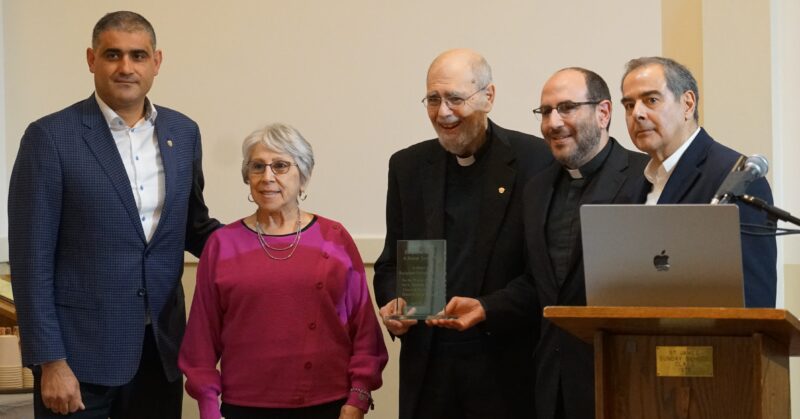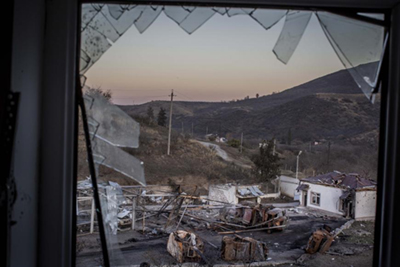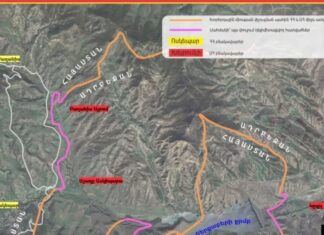By Gayane Barseghyan
Between 1905 and 1921 horrific massacres were committed against Armenians by Azeris (Tatars) in the Armenian Highland and Transcaucasia.
The internationally recognized term “Armenian Highland” was introduced by Otto Wilhelm Herman von Abich, a German mineralogist and geologist, in his three-volume book Geologische Forschungen in den Kaukasischen Landern (3 vols, Vienna, 1878, 1882, 1887). According to Encyclopedia Britannica Armenian highland is a “mountainous region of western Asia. It lies mainly in Turkey, occupies all of Armenia, and includes southern Georgia, western Azerbaijan, and northwestern Iran. The highland covers almost 154,400 square miles (400,000 square km).” https://www.britannica.com/place/Armenian-Highland
The Institute for Armenian Studies of Yerevan State University states that “Armenian highland is situated in the northern borderline of Western Asia between Asia Minor and Iranian plateaus, Black Sea and Mesopotamian plains.” http://www.armin.am/en/Encyclopedia_Armency_Haykakan_lernashxarh
Armenia has been under constant threat ever since the Turkic tribes from Middle Asia set foot on the Armenian Highland in the 11th century. In addition to the 1915 Armenian Genocide committed by Ottoman Turkey, Tatars (as Azeris were known then) executed a number of massacres against the Armenian race in the 20th century.
From 1905 to 1921, approximately 270 US press reports from the New York Times, the Boston Globe, the Christian Science Monitor and the Los Angeles Times covered the alarming news of the massacres against Armenians. Those massacres threatened to trigger annihilation and extinction of the whole race.










